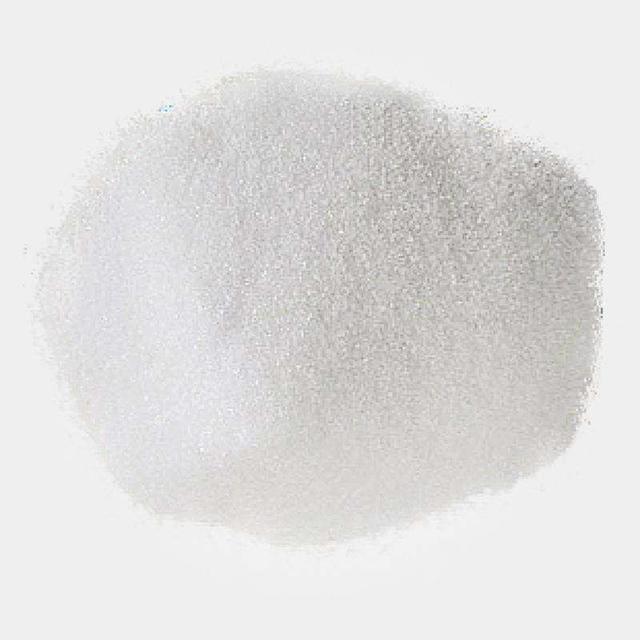E-mail: sales@yunuochem.com
Address: Zhi Di Tower, Bei Gan Street, Xiao Shan District, Hangzhou
http://www.yunuochem.com





I. Development status of fine chemical industry
The fine chemical industry includes fine chemicals and special chemicals. Fine chemical products have a small amount of production, application fields are relatively specific, and the industrial chain is long and complex. It is mainly used in medicine, pesticides, dyes, liquid crystals and other fields. After nearly ten years of growth, China's fine chemicals have made great progress. At present, China's overall fineness rate (ie, fine chemical output value = total value of fine chemical products / total value of chemical products * 100%) is about 40%. Some fine chemical products have certain international competitiveness and become the processing and exporting place of important fine chemical raw materials and intermediates in the world. However, compared with the 60-70% refined rate of developed economies such as North America, Western Europe and Japan, China is still only equivalent to the level of the United States in the 1980s. There is still a lot of room for improvement in China's fineness rate. period
Related Report: Beijing Puhua Policy Information Consulting Co., Ltd. "Development Strategy Analysis and Investment Prospect Evaluation Report of Pharmaceutical Intermediates Industry"

[Pharmaceutical intermediate]
With the continuous advancement of economic globalization, the division of labor cooperation on a global scale has become increasingly evident. Due to the long and complex industrial chain, the fine chemical industry has the foundation of global division of labor and cooperation. In order to seize the highest point of profit, the international industry giants have adjusted their development strategies and concentrated their efforts on the two ends of the smile curve – research and development and terminal products, while shifting the production links of intermediates and APIs, so that globalization A division of labor model has been formed. Developing countries such as China and India have a good foundation to undertake global industrial transfer because of their comparative advantages. With the continuous improvement of China's fine chemical technology level, the product types and market share of China's industrial transfer have gradually increased. In the process of the transfer of fine chemical industry, intermediates are a very important category, and it is also the main link for China to undertake transfer. In recent years, the intermediate enterprises that have been gradually listed on the capital market have been concentrated. Most of the investment projects are to break through the capacity bottleneck to meet the growing demand, and the whole industry is showing a vigorous development trend. The continuous acceleration of the industrial transfer process has provided a huge market space for the fine chemical intermediate industry.
Second, the industrial chain of the pharmaceutical intermediate industry
The upstream industry of research, development, production and sales of pharmaceutical intermediates is based on the chemical raw materials industry, and the downstream industries are chemical raw materials and chemical pharmaceutical preparations. The upstream of pharmaceutical intermediates is the basic chemical raw material industry, and the basic chemical raw materials are commodities, and the price fluctuates greatly, which directly affects the production cost of the enterprise. However, pharmaceutical intermediates are further subdivided into primary intermediates and advanced intermediates. Primary intermediate suppliers are only able to provide simple intermediate production, which is at the forefront of the industrial chain. The competitive pressure and price pressure are the biggest. The price fluctuation of basic chemical raw materials has a great impact on it. The advanced intermediate suppliers not only have strong bargaining power for primary suppliers, but more importantly, they are more closely related to multinational companies because they are responsible for the production of high-grade intermediates with high technology content. Raw material price fluctuations have less impact on them.
The downstream industry of the pharmaceutical intermediate industry is mainly the raw material medicine production industry, while the raw material medicines and preparations are in the upstream and downstream industrial chain, and the consumption demand of downstream preparation medicines will directly affect the demand for raw material medicines. With the improvement of people's living standards, the aging rate has risen, and the demand for medicines has been rising for a long time. Therefore, the transmission of finished drugs to raw materials has greatly promoted the demand for APIs. Therefore, the growth of the global pharmaceutical market has largely affected the development of the entire intermediates and APIs industry.



